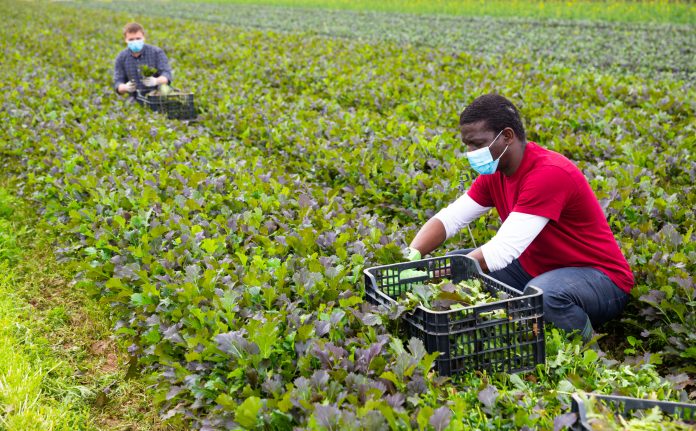We speak to Dr Elica. M. Moss, a Research Assistant Professor at Alabama A&M University, about her work with air pollution and COVID-19 – with particular focus on environmental microbiology
How is the CURE-Course-Based Undergraduate Research Experience going at the moment? How are your students doing after the most isolating part of the pandemic?
The Course-Based Undergraduate Research Experience has stalled over the past few years due to the COVID-19 pandemic. During this time, we transitioned into lab simulations. Initially the students were heavily engaged, but over time, they yearned for a more hands-on approach to lab experiences. As we are transitioning back to more in person classes and activities, it is my intent to resume the CURE for the environmental microbiology lab class in the fall and promote a more authentic and original research experience for the undergraduates in our program.
In 2020, you were involved in research with the Deep South Center for Environmental Justice. How is the work to map the impact of COVID on Black communities going?
The purpose of the mapping was to inform the local, state, and federal leaders of the community surveillance outcomes within these Gulf Coast communities which ultimately revealed epidemic hot spots. Living conditions, resulting in poor social distancing, inadequate health care, structural racism, and other factors have been shown to heighten the risk for COVID-19 diagnoses and deaths in vulnerable communities. Consequently, many communities throughout the United States have received funding from the American Rescue Plan to respond to the COVID-19 pandemic. Unfortunately, this formal mapping exercise has not continued. However, each of these communities are continually monitored for the incidence of COVID-19 cases especially during these recent surges.
In your work on the Flint River Watershed, you looked at the seasonal variability of E. coli faecal indicator bacteria. What did you find out?
The parallels between the physiochemistry of the water within the Flint River Watershed with land-use (forest, agricultural, urban) and E. coli were evident in the results from the study. The enumeration of E. coli reflected a seasonal trend with the lowest levels during the winter and the highest levels in the fall. Dissolved oxygen and pH were found to be less of a driver for the determination of E. coli than temperature or specific conductance.
In your research, you have examined the impact of air pollution on vulnerable communities. Do your findings have any implications for future public health crises?
Air pollution is thought to be a leading environmental risk for premature deaths each year from heart attacks, strokes, diabetes and respiratory diseases. These health disparities are even more evident in poorer, vulnerable communities which are more susceptible to climate-related hazards (e.g., floods, drought, hurricanes, sewage overflow) than those that are more affluent. Excessive rainfall can cause dangerous chemicals, coal ash and a plethora of other hazardous pollutants to runoff in the soil and water, potentially resulting in high rates of cancer and other public health issues. Additionally, temperature increases of only two degrees Celsius can contribute to increases in heat-related deaths among these communities. Proximity to industry, a significant source of air pollution, can exacerbate the underlying health conditions, poor diet, mental health, and work performance in these communities.
What are you looking forward to working on in the immediate future?
My research is foci is environmental microbiology. I will continue to be engaged in research evaluating the bacterial community microbiology of surface and subsurface irrigation water; the correlation of antibiotic resistant bacteria and genes (ARG) and heavy metals in wastewater; and I have recently begun a study of the bacterial and physiochemical analysis of heating and cooling water looped systems. In addition, I have ongoing research on the effect of different concentrations of biochar on bacterial community structure and carbon sequestration potential and the influence of land use on bacterial community composition of agricultural soils managed for industrial hemp, switchgrass, sweetgum, soybean.









